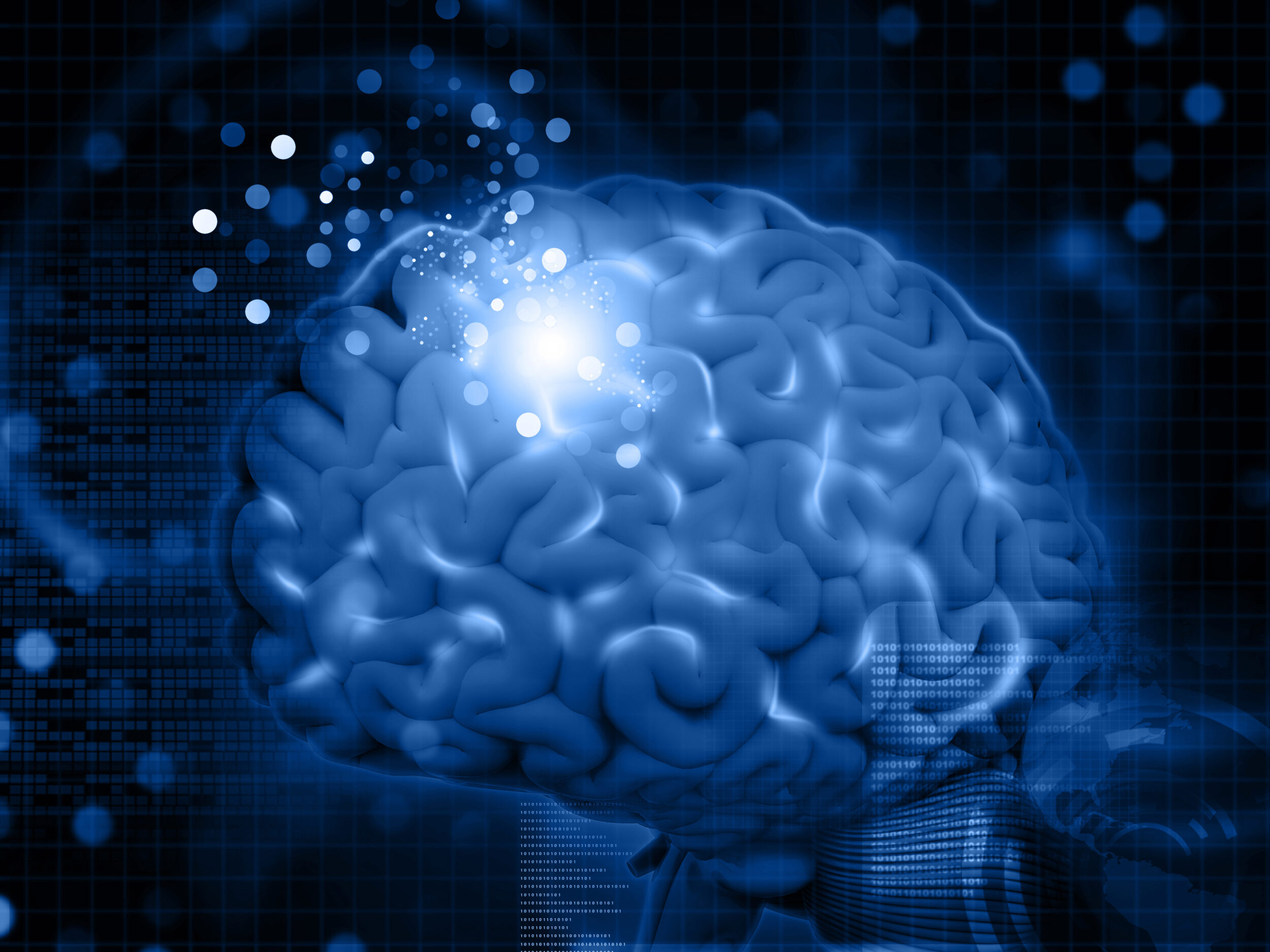Using leading-edge IT tools, the international team of researchers who make up the Blue Brain Project are able to simulate the changes that occur when the brain acquires new knowledge.
According to Eilif Muller, researcher in the department of neurosciences at the Université de Montréal and the IVADO Institute for Data Valorization1, who co-directed the Blue Brain Project, the virtual model developed by his team is the very first to provide the most complete overview of neuron dynamics in the neocortex: the outer layer of the brain that is at the root of many learning difficulties since it is involved in high-level cognitive learning such as mathematical understanding.
Just as they do in the rest of the grey matter, neurons communicate by creating synapses—areas of connection through which messages can pass in the form of chemical signals. Different stimuli cause the synapses to change over time. Known as synaptic plasticity, the behaviour is believed to constitute the basis of learning.
But because most plasticity experiments are conducted in the laboratory on certain types of neurons in rodent brain slices, they only partially reflect what happens in a living brain.
That’s why Professor Muller and his team relied on current knowledge to build a virtual neocortex, which they trained and tested using experimental data to simulate the flow of calcium that triggers changes in the synapses and controls the learning process. Their many analyses demonstrated that the model can accurately predict the plasticity of 90% of the excitatory neurons in the brain’s lining.
The findings will enable experts to better understand the mechanisms of neocortical learning and related neurodevelopmental disorders such as autism and schizophrenia and could lead to the development of even more advanced artificial intelligence systems that better mimic the functioning of the human brain.
1 Eilif Muller is also a member of Mila—the Québec Artificial Intelligenge Institute and the CHU Sainte-Justine Research Centre.




